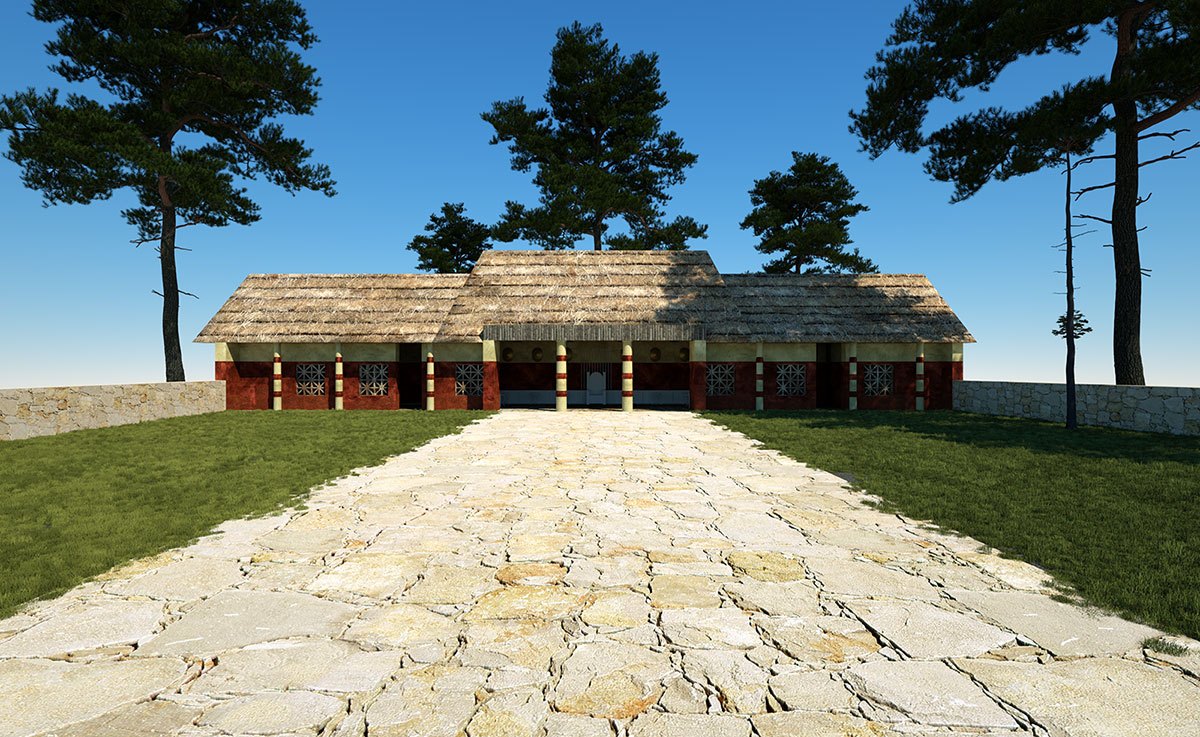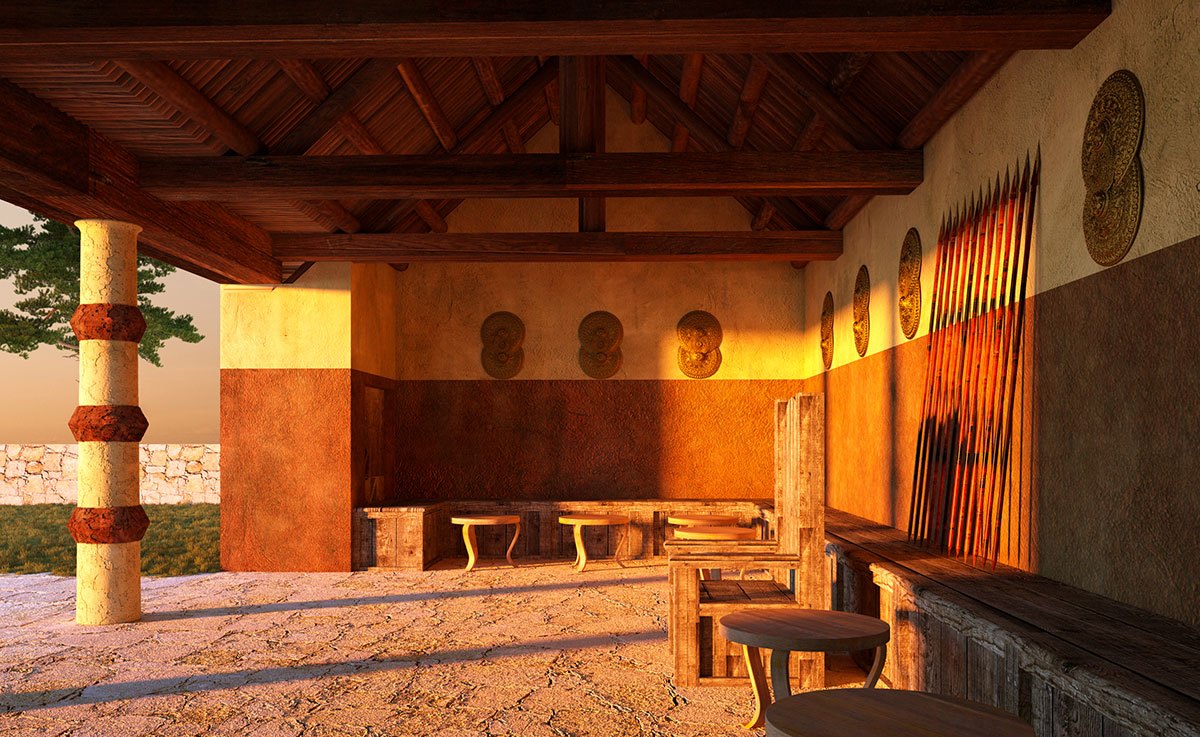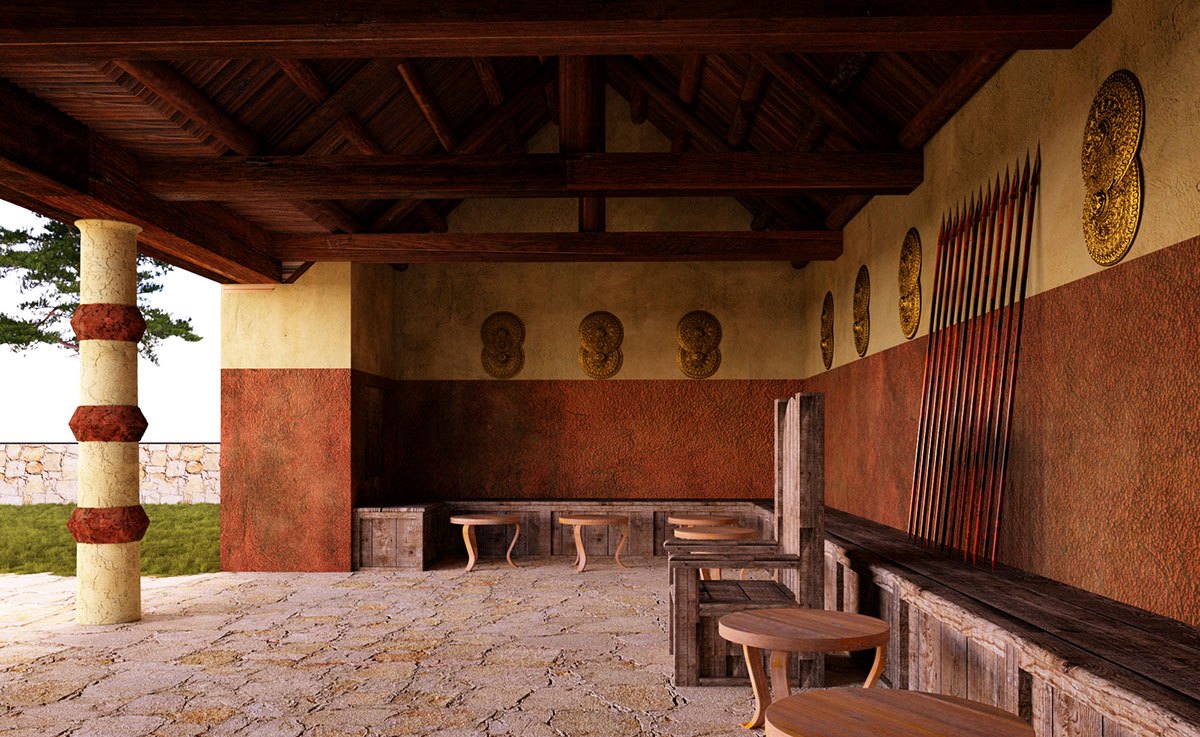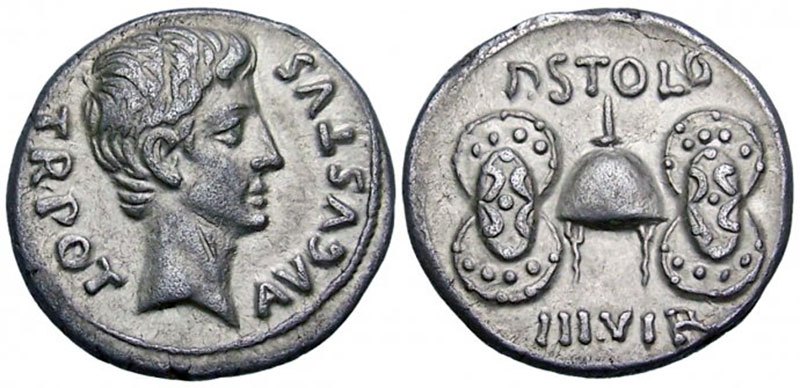Roman Building Projects
A Marker of Social Organization and Military Success
Archaic Rome
Regia/Domus Regia
- Royal residence of the King of Rome, built around the early to mid-8th century BC, probably the reign of Romulus, although ancient sources point to Numa Pompilius as the builder
- Carandini states that the archeological evidence supports Romulus as the likely builder
- Within the Regia was the shrine of Mars which housed objects sacred to the Roman state–sacred shield (ancile), thought to have fallen from heaven, and spears (hastae)
- Such an object(s), one imbued with the sacral, with symbolic protective significance, was called a palladium; its possession ensured the sovereignty of the city
- The religious and political center of the city; in the early years, we think inauguration of certain structures and actions entailed human sacrifice; establishment of the city Pomerium (Roma Quadrata), the building of the Domus Regia (Carandini)
- After the inundation of 650-635 BC, the Regia was rebuilt in stone
- During the reign of the Tarquin kings, the site was moved and the Tarquin residence was separated from that of the Rex Sacrorum (king of sacrifices/high priest of the state) which indicates a secular shift for the Royal house
We know how the sacred shields looked because a coin from the Augustan period depicted the shields on its reverse side.
Political and military implications
- Initial construction reflects the combined sacral-political-military function of the early archaic Roman state
- Sufficient economic surplus to build a shrine to Mars and a house for the augur-rex (augur-priest-king); to date, it is the largest building found by archeologists for the early regal period
- The political organization, power and will exist to enable the kings to build the Regia
- There is an accepted narrative that justifies the effort expended in building the Regia
- Presence of palladium (protective object), in this case the shield (ancile) that fell from heaven, thus central to the city for its well-being
- These items—ancilia (12 shields) and hastae (12 spears)—were housed in a shrine to Mars, an integral part of the Domus Regia
- Before going to war, the spears were shaken, creating a loud noise invoking Mars for assistance (Mars vigila, Mars awake)
- The east room contained the sanctuary of Ops Consiva, the consort of Saturn and goddess of plenty; only the pontifex maximus and the vestals were allowed to enter this room




